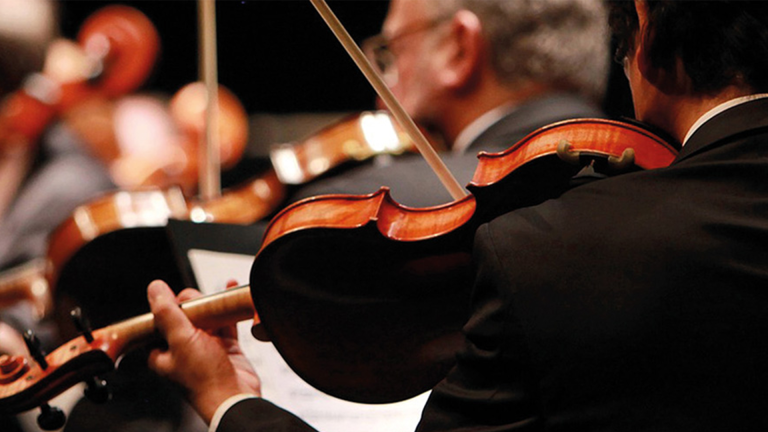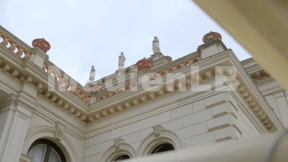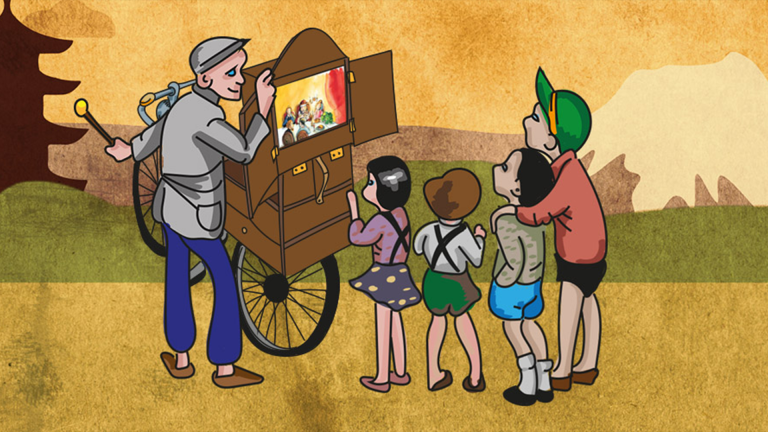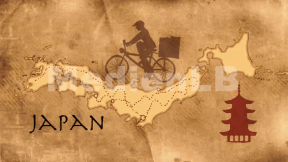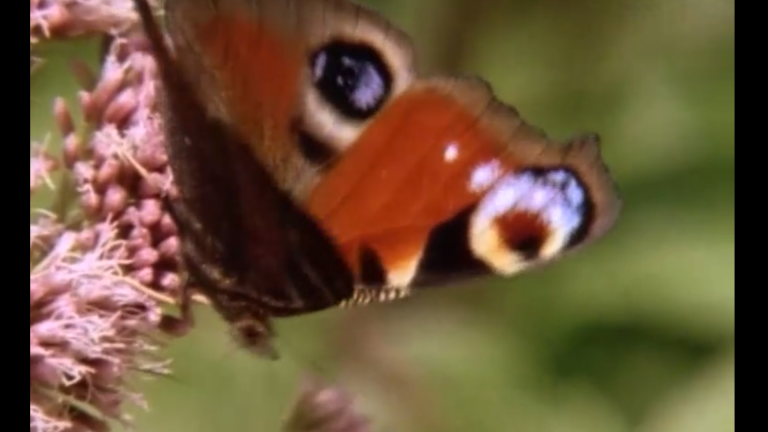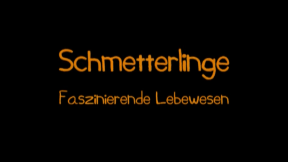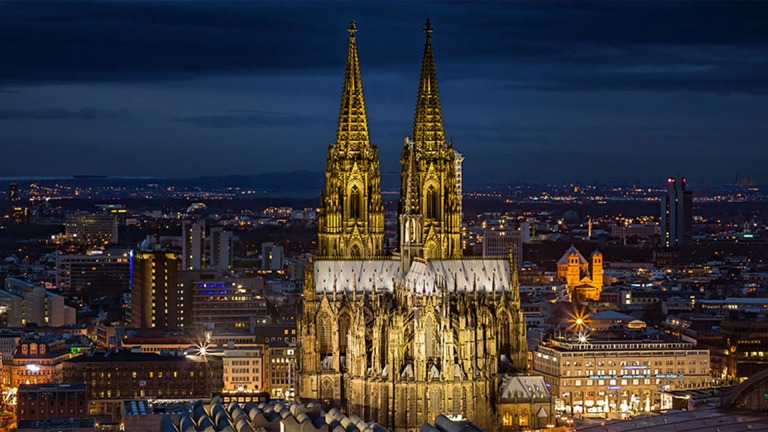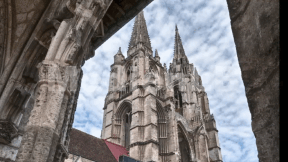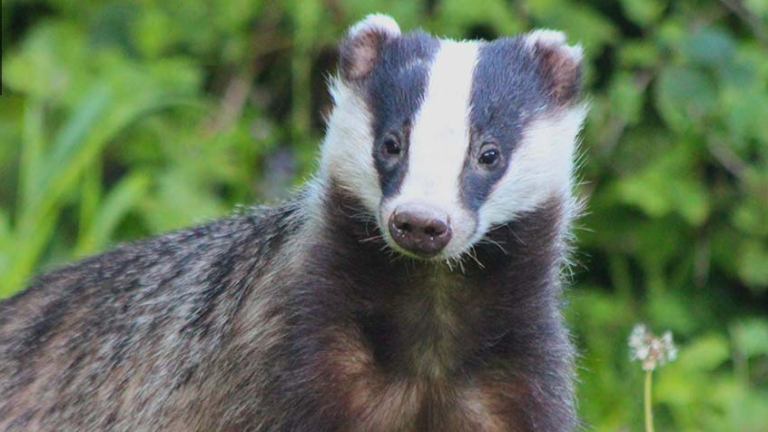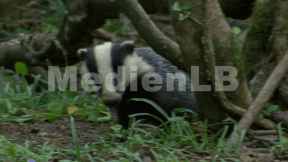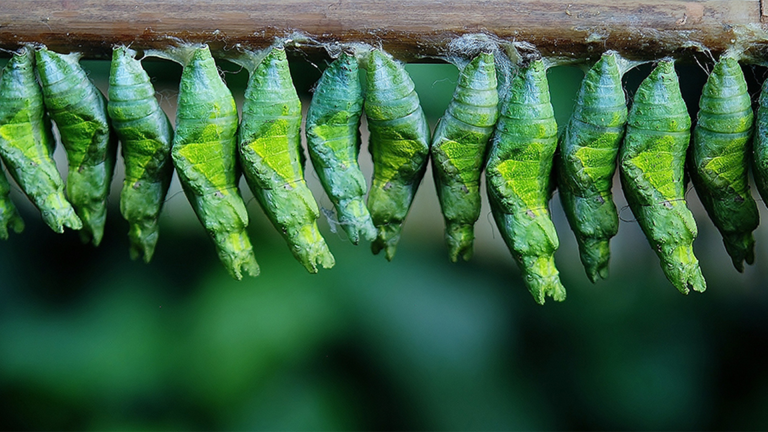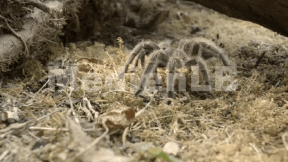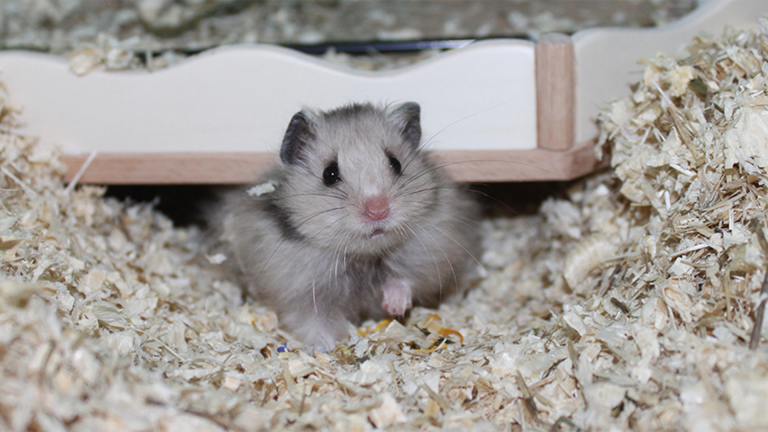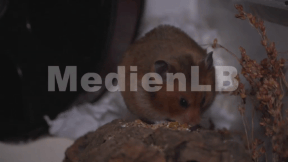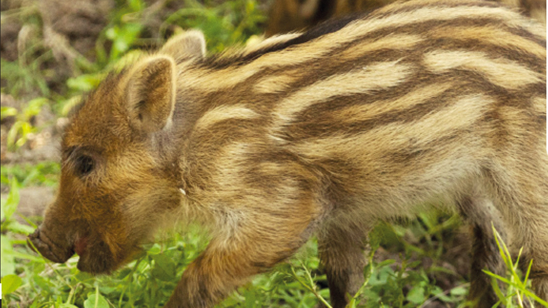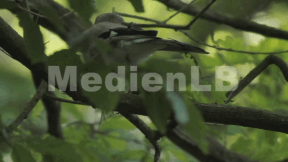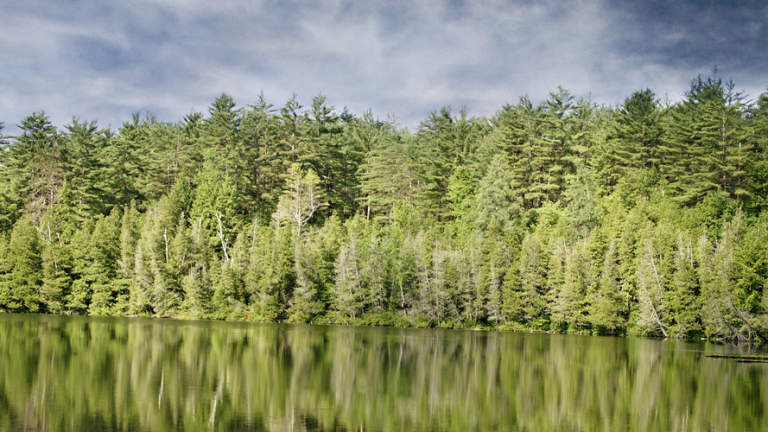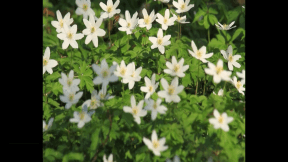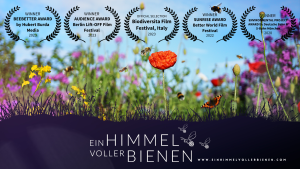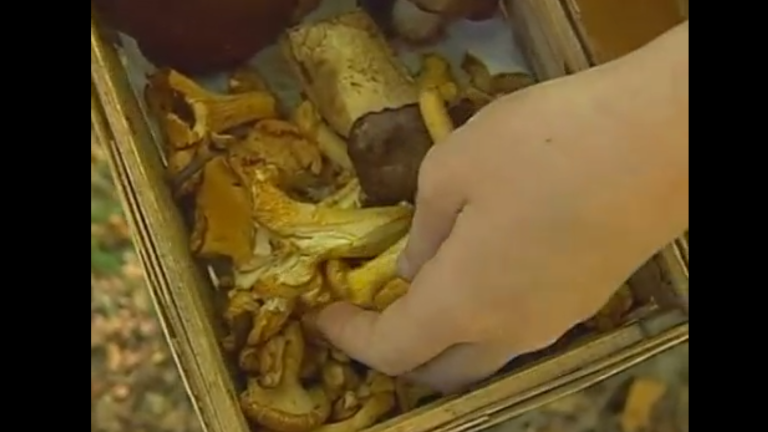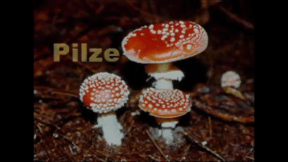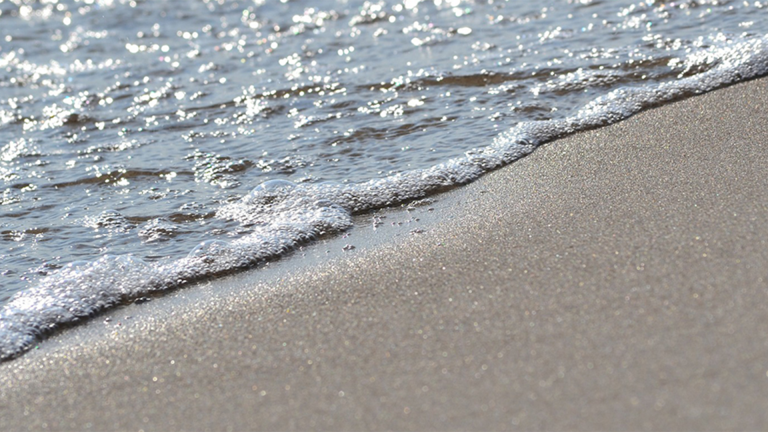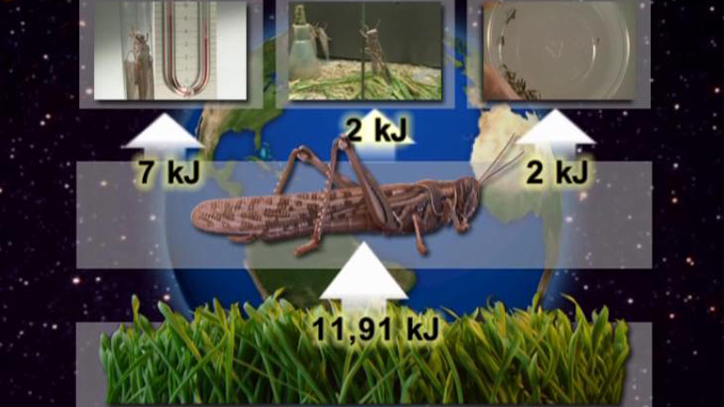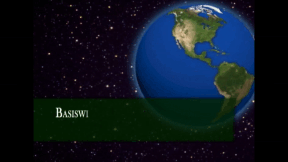Suche:
- # Artistry
- # Biology
- # Chemistry
- # Ecological
- # Economy
- # English
- # Foreign Language
- # Geography
- # German
- # Health
- # History
- # Informatik
- # Latin
- # Mathematics
- # Media Education
- # Music
- # Physics
- # Politics / Civics
- # Preschool
- # Primary School
- # Religion
- # Society
- # Sports
- # Technology
- # Training of Teachers
- # Vocational Education
Klassische Musik erleben
Wien war im ausgehenden 18. Jahrhundert die unbestrittene Metropole der europäischen Musik. Angezogen von der großzügigen Förderung vor allem durch Joseph II. fanden Joseph Haydn, Wolfgang Amadeus Mozart und Ludwig van Beethoven ihren Weg an die Donau.
Learn moreKamishibai
We spend a large part of our lives telling stories. Stories we read, listen to, watch – or tell others ourselves.
Learn moreButterflies
Butterflies fascinate adults just as much as children. The colourful insects are beautiful to look at and herald the summer. We get to know the characteristics of their structure as well as similarities and differences of the various butterflies. Spectacular footage of the Hummingbird Hawk-moth show the development of a butterfly from egg deposition to caterpillar stage to pupation and hatching. During the development from egg to butterfly lots of enemies are lurking. We see various defensive measures and protection mechanisms of caterpillars and butterflies. We watch how the cheeky Death’s-head Hawk-moth walks straight into a beehive and sucks the honeycombs empty. With pictures that they can hardly discover themselves in wild nature the children are offered fascinating insights into the world of butterflies. The accompanying material provides a wealth of ideas for practical implementation in the elementary sector, such as handicraft suggestions, working with natural materials, recipes, suggestions for dances and performances as well as pictures for colouring, song texts and much more. Thus this DVD is a medium that should not be missing in any educational institution.
Learn moreGothic Architecture
At the beginning of the 12th century, a new building style suddenly appeared in France and revolutionised the dark Middle Ages – the Gothic style.
Learn moreDachs
Der Dachs ist ein nachtaktiver Bewohner der heimischen Wälder. In teilweise jahrzehntealten, bis zu 5m tiefen Bauen verbringt er den Tag und begibt sich nachts auf Nahrungssuche.
Learn moreInvertebrates
The term “invertebrates” was coined by the French zoologist and botanist Jean-Baptiste de Lamarck in the early 19th century. He was the first to address the classification of the then so-called “lower animals” and divided them into different categories and classes.
Learn moreHamsters
Hamsters are small rodents that have four sharp incisors. They are related to mice.
Learn moreStructure of the Forest
Forests are more than an accumulation of trees. The individual tree is more than a valuable source of wood. From its roots to its crown, it offers habitats to a variety of the most different creatures. The older a tree, the more valuable it becomes to many forest inhabitants. And even in death it is still full of life. If you take a closer look at a forest, you notice that the plants grow to different heights. They form storeys like those of a house. At the top level there are only the big trees. From a bird’s perspective we see that the highest specimens in the forest form a closed canopy. In summer, the treetops resemble big parasols shading the forest floor. Depending upon how much sunlight filters into the depths, this has consequences for the forest vegetation.
Learn moreMushrooms
This DVD offers a clearly structured survey of mushrooms with an emphasis on the following aspects: Mushrooms of different shapes and colours present their fruit bodies. The reproduction by means of spores is shown with different kinds of mushrooms. The actual mushroom is formed by hyphae in the ground. The symbiosis between mushroom and tree is called mycorrhiza. Mushrooms can be poisons or medicines, as is illustrated by the examples of ergot and the birch polypore. Mildews and slime moulds are examples of the decomposing effects of mushrooms. In the fermentation of yeast plants, sugar is transformed into alcohol and carbon dioxide. Lichens are extremely adaptable. Under the electron-scan microscope, we can see how algae and mushroom hyphae form a complex symbiosis. Finally, rules and recommendations for gathering mushrooms are provided. Outstanding shots (with impressive fast-motion pictures and animations) give the pupils a comprehensive overview of the characteristics of mushrooms.
Learn moreEcosystem Sea
The oceans have been the largest connected ecosystem of the world since hundreds of millions of years. All life originated here, and a stable system ranging from single-cell plants and animals to huge vertebrates has been established. An incredible abundance of shapes and colours has emerged. Even today, we know only a fraction of this variety. We know less about the co-existence of these beings, their interdependency and the conditions and particulars of their food chain than we know about one or the other celestial body. The largest consumers of the sea, sharks and whales have an important task in the marine ecosystem. They ensure that the populations of small predators like seals, groupers and tuna do not grow excessively. In the film, the interrelation between the individual creatures is illustrated and the ecosystem sea as well as the dangers of human interference are explained using the example of sharks and whales. We learn about these animals’ characteristics and structure. We also see why and how they are endangered and what damage the marine ecosystem might suffer if these animals were exterminated. The climate change and its consequences for the ecosystem sea are illustrated by the example of sharks and whales.
Learn moreBasics of Biology II
In its first chapter, Basics of Biology II deals with the food chain. The producers as the basis of the food chain and the consumers, the herbivores and carnivores, are introduced /presented. Further focus points are the energy intake through food as well as the energy losses connected with it. The resulting energy efficiency of a herbivore is vividly illustrated in an experiment. Subsequently the carbon cycle is dealt with: its occurrence and the carbon cycle from producer to consumer, and last but not least the function of destruents. In the third chapter the next important cycle, the nitrogen cycle, is discussed. Special emphasis is put on the process of nitrification as well as the function of nitrogen-binding micro-organisms and their natural fertilisation of our agricultural soil. The importance of the nitrate for plants is shown in a laboratory test. Together with the extensive additional material the DVD is ideally suited for use in the classroom.
Learn more



